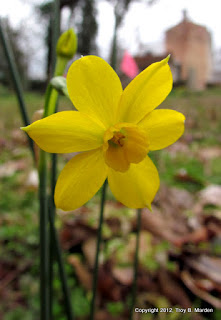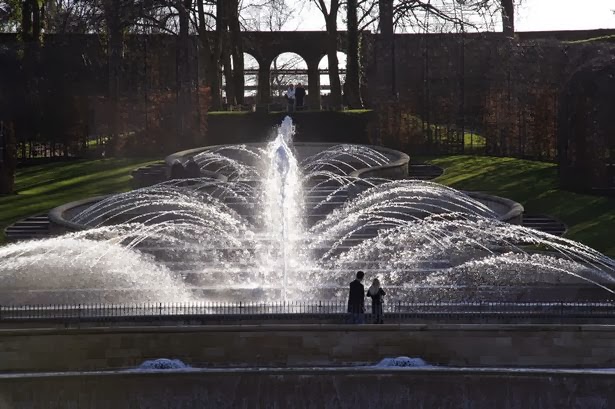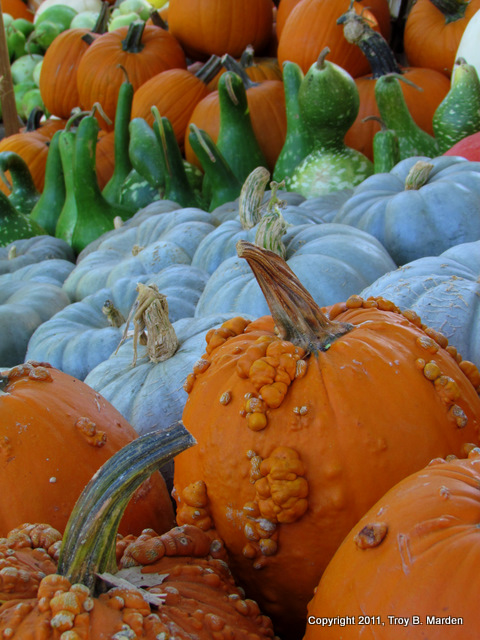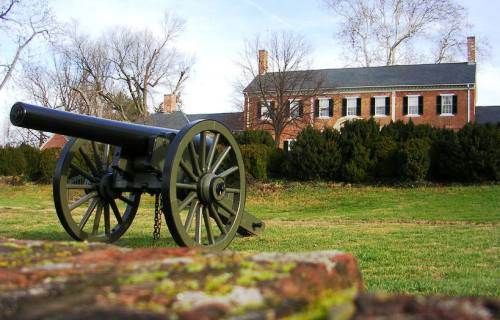Winter Weather Advisory
Winter Weather Advisory. Those are words we’ve only heard once or twice here in the Nashville area this winter. In fact, our winter has been closer to a Zone 8b winter than our typical Zone 6b (or 7a if you choose to believe the new USDA Hardiness Zones Map that was just published http://planthardiness.ars.usda.gov/PHZMWeb/ ). Yes, we’ve gotten warmer. Imagine that. The new Hardiness Zones Map is based on 30 years worth of data, rather than the typical 10 years, so at least we’re headed in the right direction and looking at long-term weather data rather than potentially anomalous short-term trends.
While I have personally enjoyed not having those frigid winds whipping across the ridge and the treacherous road conditions that go along with living in a region that is notoriously unprepared to deal with winter weather, the garden has been confused. Not all of the plants are confused, mind you, but some that have a predisposed notion for popping up early in the season were waaaay ahead of schedule. Narcissus pseudonarcissus the early daffodil that is naturalized all over the southeastern U.S. usually begins flowering about now–sometime between Valentine’s Day and the end of February. This year, it was in full bloom in my garden on January 20.
Hellebores, also called Christmas or Lenten Rose depending on the species, are staples of the Southern shade garden. Their evergreen foliage provides year round interest, but it’s their flowers that are most welcome during the short, gray days of winter. I have several and can honestly say I don’t think I’ve ever met a hellebore I didn’t love. Some of the most impressive that I have trialed over the past three years include Helleborus niger ‘Josef Lemper’, which began flowering the week of Thanksgiving (2011) and continues to produce new flowers even as I’m writing this, the third week of February, three months later.
Helleborus niger ‘Double Fantasy’ is a fairly recent introduction from Japan and has pristine white flowers which, once the plant is well-established, will be fully double in form. Younger plants will produce what are often called “anemone-flowered” blooms with a ruff of central petals like the photos above. I also love the way the flower ages, with the outer petals often turning green while the inner petals remain white.












